Polysilicon Size
Polysilicon Market Growth Projections and Opportunities
The Polysilicon market is intricately influenced by a multitude of factors that collectively shape its dynamics. Understanding these elements is essential for industry participants to make informed decisions and navigate the market effectively.
Photovoltaic Industry Growth:
The primary driver for the polysilicon market is the photovoltaic (PV) industry, where polysilicon is a key raw material for solar cell production. The health and growth of the solar energy sector significantly impact the demand for polysilicon, with increasing installations driving market dynamics. Solar Energy Policies and Incentives:
Government policies, subsidies, and incentives supporting solar energy installations play a crucial role in shaping the demand for polysilicon. Market dynamics are influenced by the regulatory landscape, with favorable policies driving increased investments in solar projects. Technological Advances in Solar Cells:
Ongoing advancements in solar cell technologies impact the efficiency and cost-effectiveness of polysilicon utilization. Companies investing in research and development to enhance solar cell performance influence the demand for high-quality polysilicon. Electric Vehicle (EV) Industry Impact:
The growth of the electric vehicle industry increases the demand for solar energy, indirectly impacting polysilicon demand for PV installations. Market participants need to monitor the trajectory of the EV industry as it contributes to the overall energy landscape. Global Economic Conditions:
Economic stability and growth rates in major economies influence investment decisions in renewable energy projects, affecting polysilicon demand. Economic downturns may lead to reduced investment in solar installations, impacting the market for polysilicon. Trade Relations and Tariffs:
Polysilicon is a globally traded commodity, and changes in trade relations and tariffs can impact international trade and pricing. Market players need to stay informed about global trade dynamics and geopolitical developments that may affect the flow of polysilicon across borders. Raw Material Prices and Supply:
Polysilicon production relies on raw materials such as silicon feedstock, and fluctuations in prices and supply of these materials impact production costs. Changes in global supply chains, geopolitical events, and trade policies can contribute to volatility in raw material costs, affecting the overall market. Environmental and Regulatory Considerations:
Stringent environmental regulations and sustainability goals impact the solar industry and, by extension, the polysilicon market. Companies must comply with environmental standards and adopt sustainable practices to ensure market acceptance and meet regulatory requirements. Energy Storage Solutions:
The development of energy storage solutions, such as batteries, influences the demand for solar energy and, consequently, polysilicon. Market dynamics are influenced by the evolving landscape of energy storage technologies and their integration with renewable energy sources. Competitive Landscape:
Intense competition among polysilicon manufacturers can lead to price volatility and innovations in production processes. Companies adopting strategic marketing, quality assurance, and cost-effective production approaches are better positioned to thrive in a competitive market. Global Energy Transition Trends:
The global shift towards clean and renewable energy sources as part of the energy transition impacts the demand for polysilicon. Market participants need to align their strategies with the broader trends in the transition towards sustainable energy. Supply Chain Resilience:
The polysilicon market is part of a global supply chain, and disruptions due to factors such as natural disasters or geopolitical issues can impact pricing and availability. Ensuring supply chain resilience and diversifying sources become critical strategies for market participants.

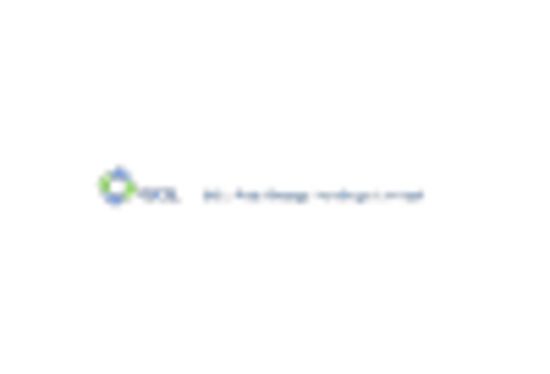
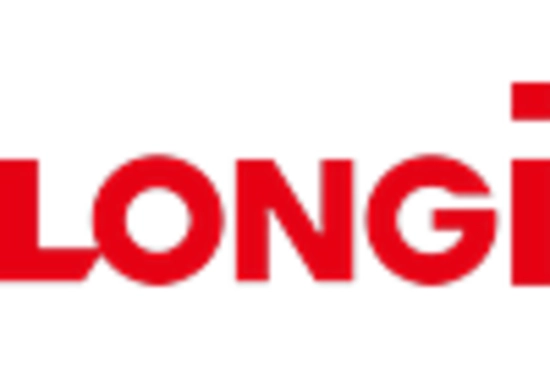
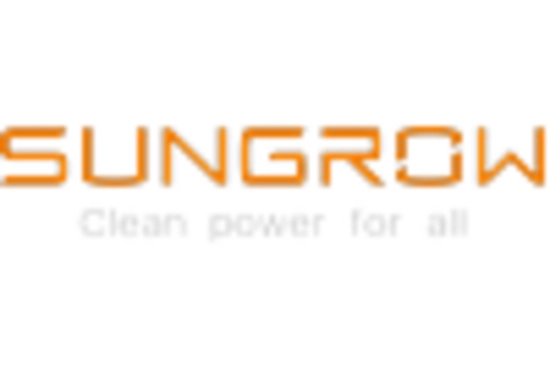
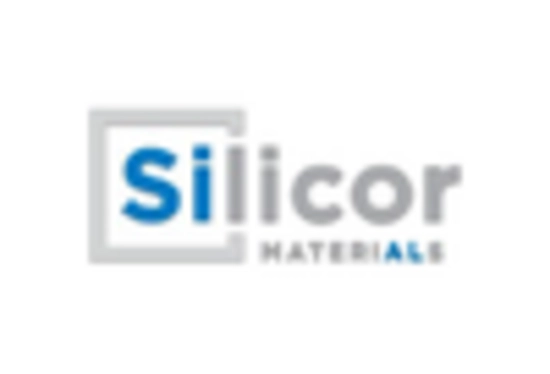
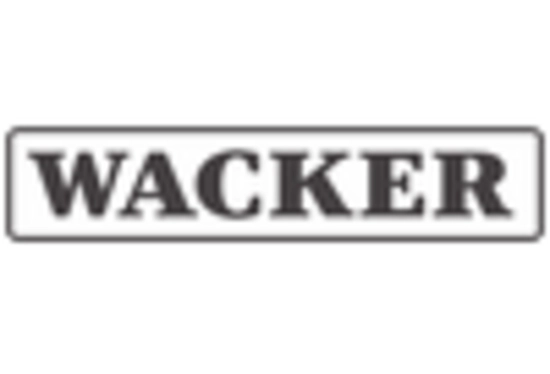









Leave a Comment